She didn’t speak until she was four; today, she lectures around the world. She didn’t read until she was eight and has now authored more than 15 books and 60 scientific papers. In her youth, she had difficulty working with others, then went on to revolutionize an entire industry. School was challenging, yet she earned both masters and doctoral degrees. She suffered extreme anxiety in her youth and built a calming device that is now widely used by others.
Dr. Temple Grandin has autism and is considered one of the first to verbally share “the way she sees it.” Her writings and presentations offer parents, clinicians and educators a glimpse into how brains can be different – different, not less as her supportive mother coined. Time Magazine named her one of the “100 Most Influential People in the World” and she was inducted into the American Academy of Arts and Sciences.
On November 17, 7:30 p.m. at the Palm Springs Cultural Center, Dr. Grandin will share her story as part of the Palm Springs Speaks series. The New York Times best-selling author is presenting her latest book, Visual Thinking: The Hidden Gifts of People Who Think in Pictures, Patterns and Abstractions. Her talk is entitled “The Way I See It: A Personal Look at Autism & Asperger’s,” and Grandin will discuss the real issues of autism, the ones parents, teachers and individuals on the spectrum face every day. She will offer helpful dos and don’ts, practical strategies and try-it-now tips, all based on her “insider” perspective and substantial research.
In the realms of autism and animal welfare, Grandin, now 76, is considered an unparalleled champion. She describes her autistic senses and emotions as very similar to those of animals, which gives her the unique ability to analyze situations using sensory-based data instead of language. Her designs for humane livestock handling systems, based on her observations of their behaviors, have greatly improved animal welfare and quality standards in the meat packing and livestock industries.
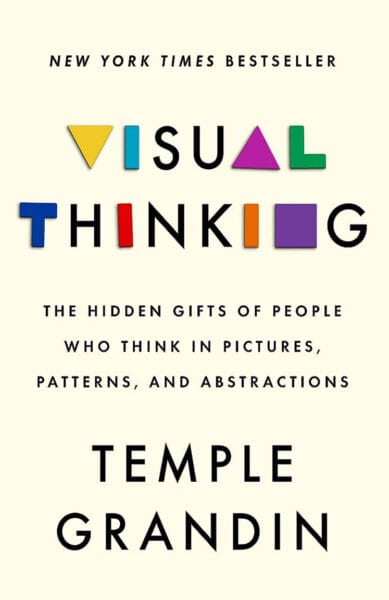
In college, her observations of how clamped cattle chutes instilled calm in the animals inspired her to create a similar system for her own anxiety she called the Squeeze Box. The device mimics the human hugs many autistic people cannot endure and is commercially distributed throughout the world.
In her new book, Grandin discusses the need for society to recognize, honor and nourish the vast spectrum of thought processes and patterns, not only to maximize individual potential, but also to bolster innovation and ensure a strong future for American manufacturing.
“Many aspects of our society are not set up to allow visual thinkers — which so many of us neurodivergent folks are — to thrive,” she said in a recent New York Times interview. “In fact, many aspects of our society seem set up specifically so we will fail. Schools force students into a one-size-fits-all curriculum. The workplace relies too much on résumés and GPAs to assess candidates’ worth. This must change not only because neurodivergent people, and all visual thinkers, deserve better, but also because without a major shift in how we think about how we learn, American innovation will be stifled.”
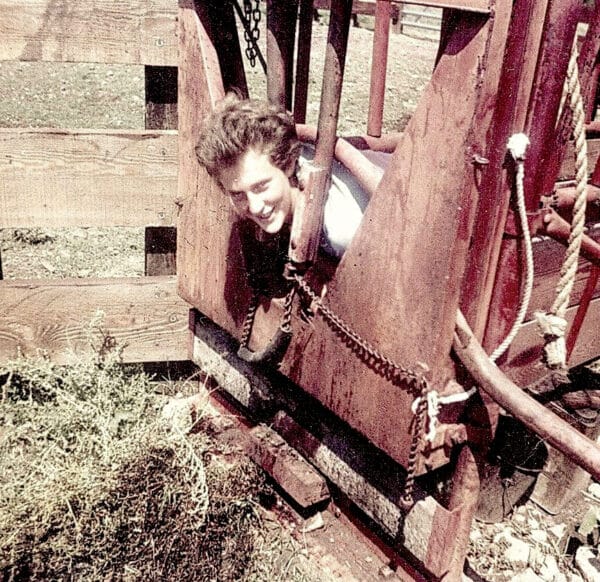
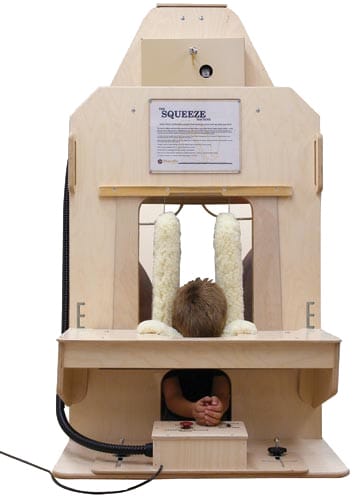
If we want our students to be well rounded, she says, we should make sure the education we provide is too. She is a big proponent for the return of hands-on classes in school such as art, music, sewing, woodworking, cooking, theater, auto mechanics and welding, as these classes expose kids — especially neurodivergent students — to skills that could become a career.
As an animal enthusiast, I have admired Grandin’s work for decades and was honored to interview her last month in anticipation of her appearance.
LD: Your mother was such an important influence on you…
“She was always pushing me to do things. I was really good at art, so she would push me to be less fixated on horse heads and get me to draw other things. She was always getting me out doing things.
Also, in my generation, manners were taught in a much more structured way; that is not happening today. Kids were taught to shake hands, to say please and thank you. Grandparents, who have good jobs, share [with me] that they discovered they were autistic when their kids got diagnosed. It is a relief for them, as it helped them [finally] understand their relationship with others.
What I see today are kids who are being held back by the diagnosis and not learning work – and life – skills that could get them good jobs.”
LD: You didn’t read until you were eight…
“And mother taught me with phonics. I already knew my ABC song and that has half the sounds. She just started reading to me out loud, very interesting books like The Wizard of Oz. She would stop at an exciting part and I would sound out a few words, and I learned very quickly. We did this 3-4 times a week and by the end of one semester, I went from no reading to sixth-grade level reading.”
Her mother is now 97 and still lectures on autism.
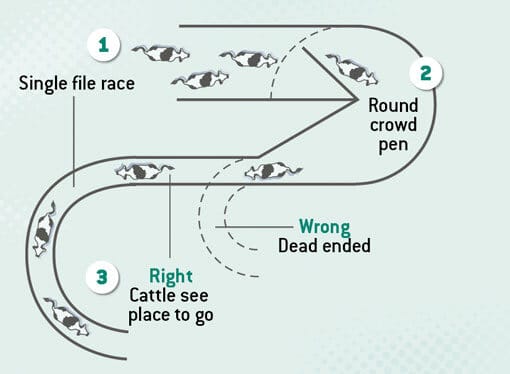
LD: The Grandin Papers revolutionized the livestock industry. What impact would you like to see with Visual Thinking?
“We don’t have enough young people going into skilled labor. I was in a meat packing plant yesterday observing a piece of new equipment that I designed over 30 years ago. There is now only one plant [in America] that can build them and the price was a bit too high.
There is a connection there. The people that I worked with to build things years ago, visual thinkers – and some of them were autistic, are not being replaced. There is a link between the kid in the basement playing video games and the exorbitant cost of that [manufacturing] equipment today.
It all comes back to the educational system. Today, Italy and Holland make a lot of that equipment, and those countries have a lot more respect for technology. In ninth grade, kids can select their path to university or tech.”
LD: I’ve heard you compare “bottom up” (practical) thinking to how AI works…
“Yes, you train AI with huge data sets. It makes concepts by putting things into categories, whereas with “top down” (conceptual) thinking, you might have a big concept, but how do you apply that concept?
Let’s take the concept of having a more inclusive classroom which comes up all the time when speaking of autism. And I will say, here are the things we need to do in that classroom: we’ve got to get bullying under control; some individuals are bothered by LED lights flickering, so fix them; some of the things that people who think differently need are written instructions versus long stents of verbal instruction. So, these are three specific things that can be done to make the classroom more inclusive. This is an example of bottom up thinking.”
LD: Your brain never seems to stop. What do you do to relax?
“I like solving problems. I find it very engaging. When I just need to just chill, I sit down and read.”
LD: But from what I’ve ascertained, those books are all very intricate and analytical…
“Well, for instance, this morning I sat down and read The Wall Street Journal and they were talking about safety systems at airports. You better believe that got read.”
LD [following laughter]: What do you consider your greatest accomplishment?
“A simple system I designed for assessing animal welfare in pork and beef packing plants. In 1999, I taught McDonald’s, Wendy’s and Burger King how to use it. When you have a big buyer like McDonald’s, who buys from all the big companies, inspecting and setting standards, that brings about big change. And it did.”
LD: You are very good at public speaking and seem fearless…
“When I did my first talk, I panicked and walked out. You get better with practice. And fearless? Well, sometimes it’s true and sometimes it isn’t.”
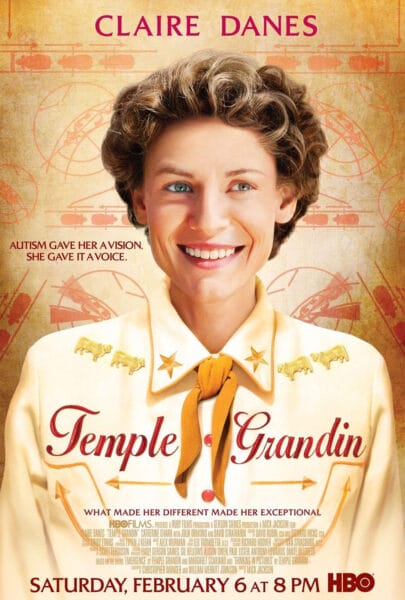
LD: Just like the rest of us.
Grandin’s inspiring life can be seen in the made-for-television movie of the same name. Starring Claire Danes, the 2010 film was nominated for 14 Emmys and took home five, including best actress for Danes. Grandin was very involved in making the film and said she loved the way it accurately portrayed the way she thinks. Executive producer Emily Gerson Saines has a son who is autistic and wanted the movie to be right. “They did a beautiful job.” Grandin attended the Emmys which happened to be on her birthday.
LD: Do you enjoy watching movies?
“Yes, very much. I recently saw Oppenheimer and while I was there I thought, well, I’ve got to watch Barbie, too.”
LD: Just like the rest of us.
All educators, those touched by autism and anyone intrigued by her work in animal behavior are encouraged to attend Dr. Grandin’s one-hour presentation. It will be followed by a short Q&A session and books will be offered for sale. Tickets range from $35 – $125.
For tickets and more information, visit www.palmspringsspeaks.org.
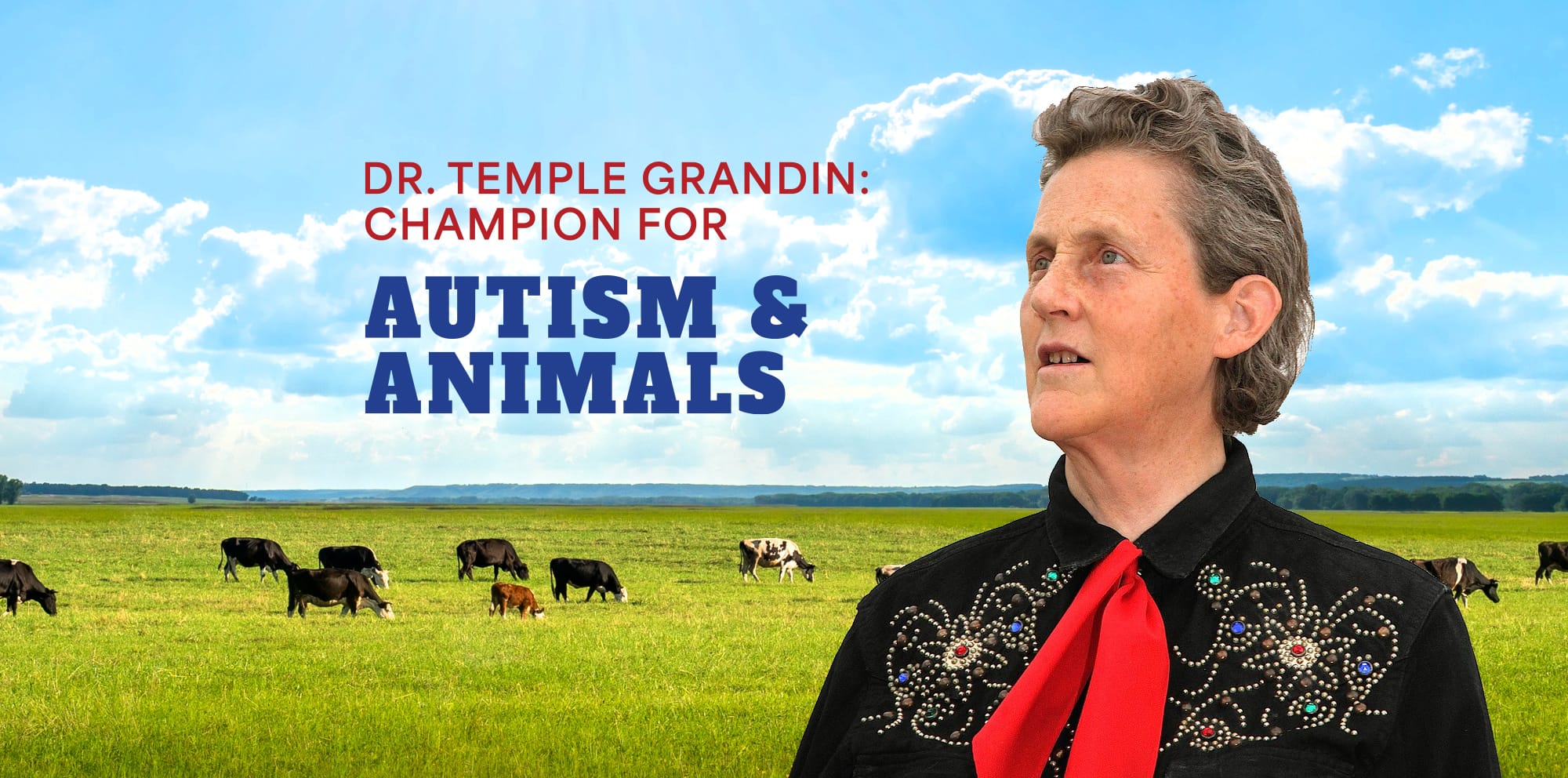

















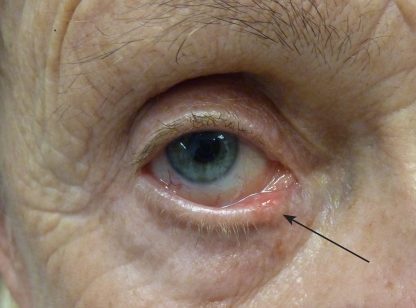
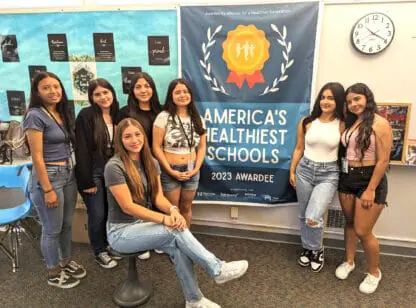




























Comments (0)